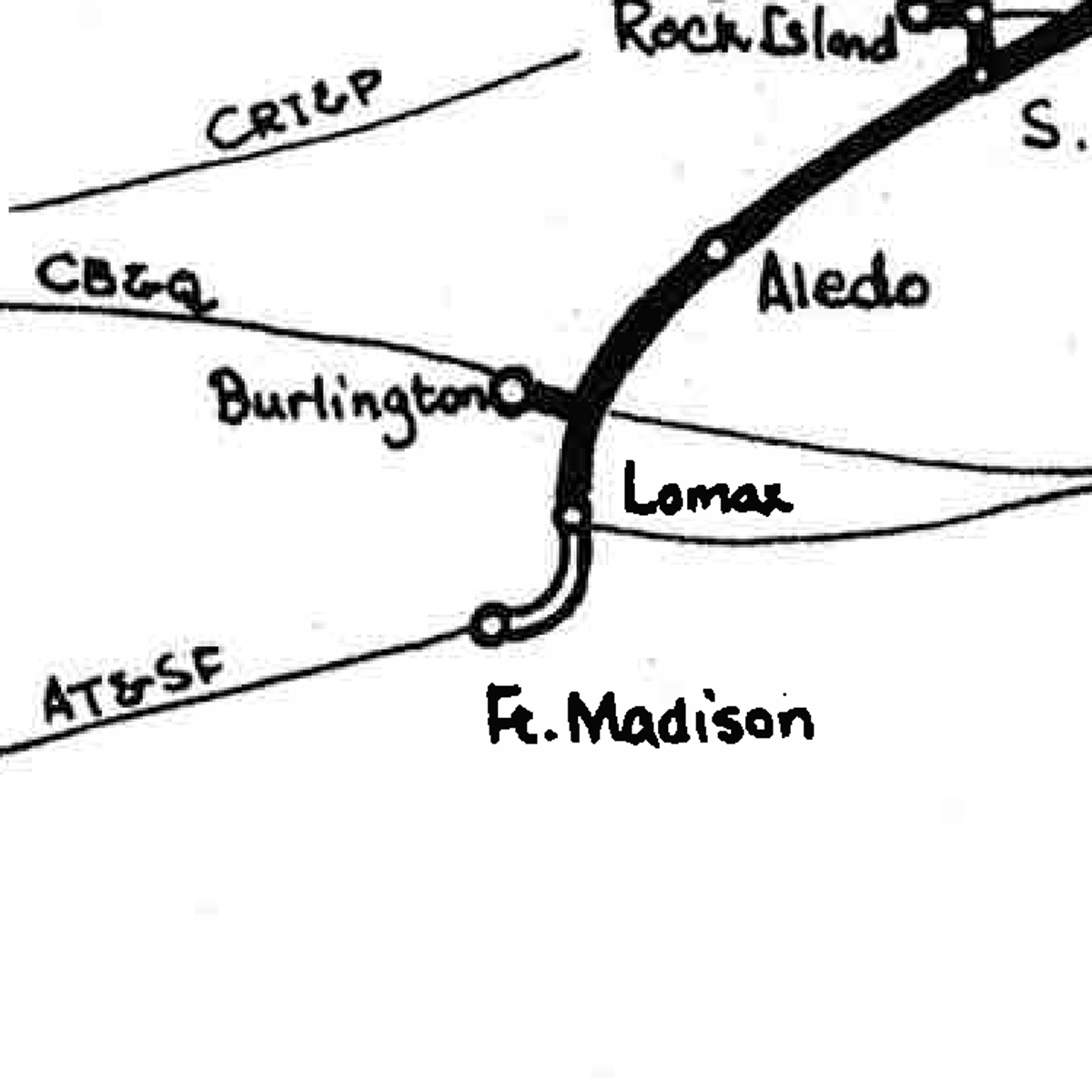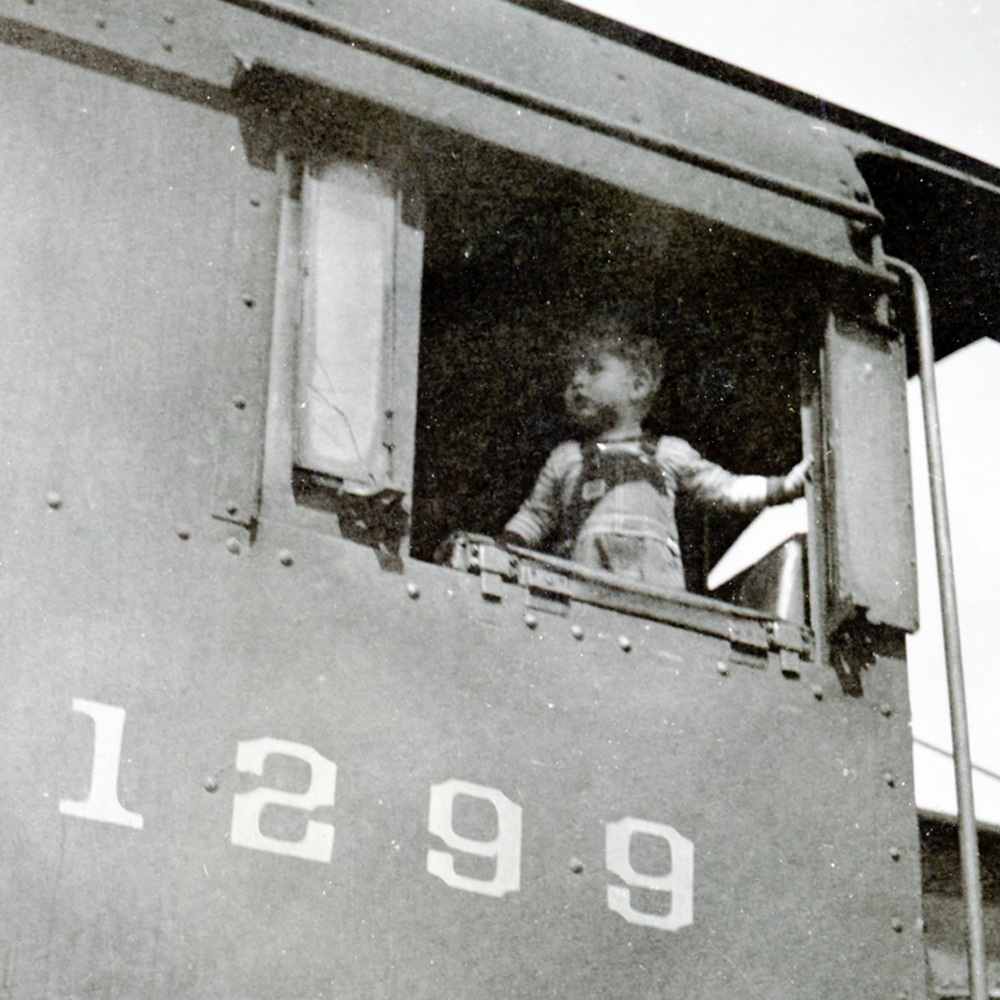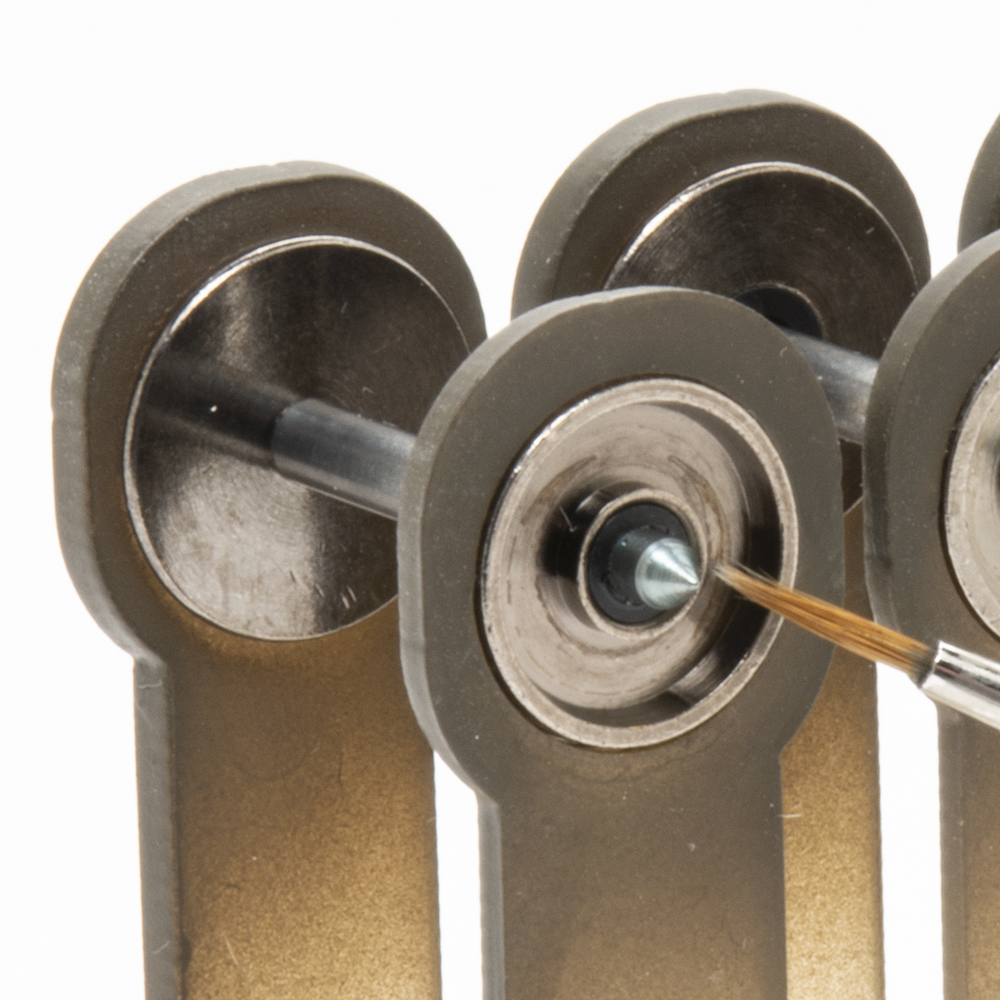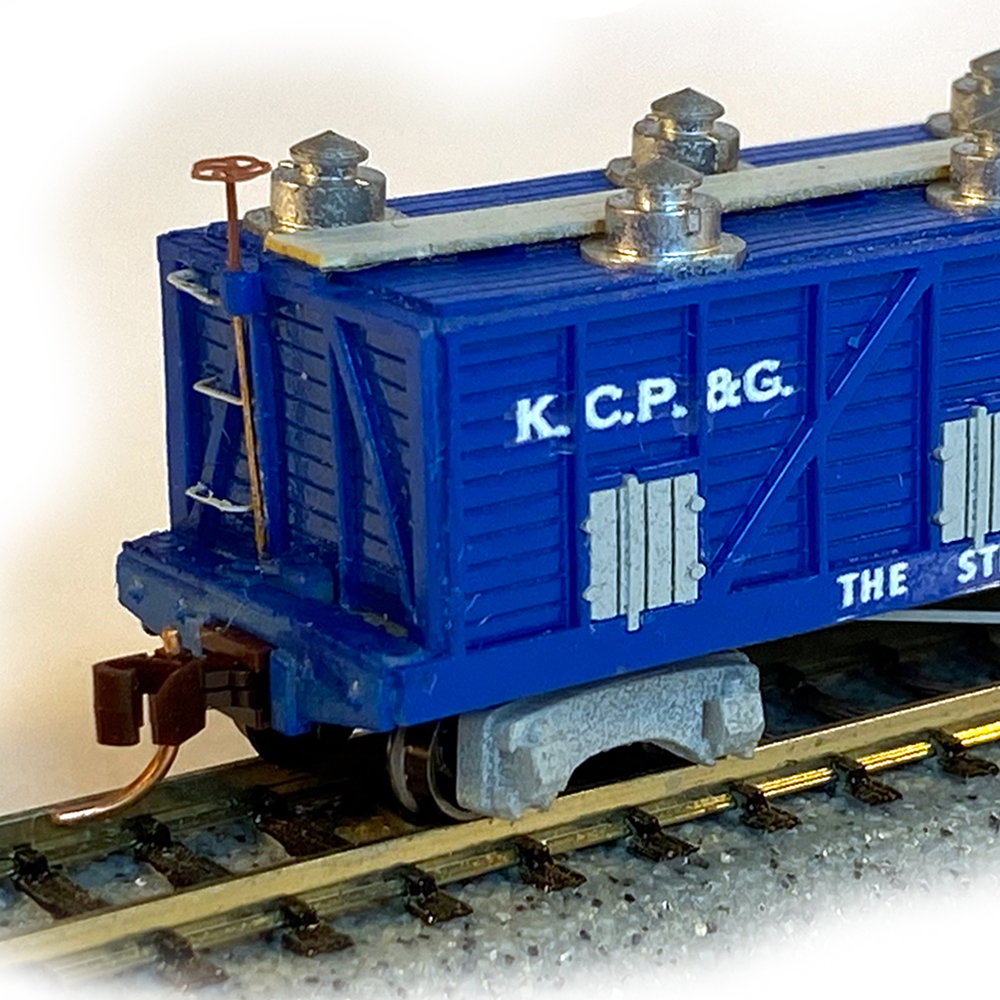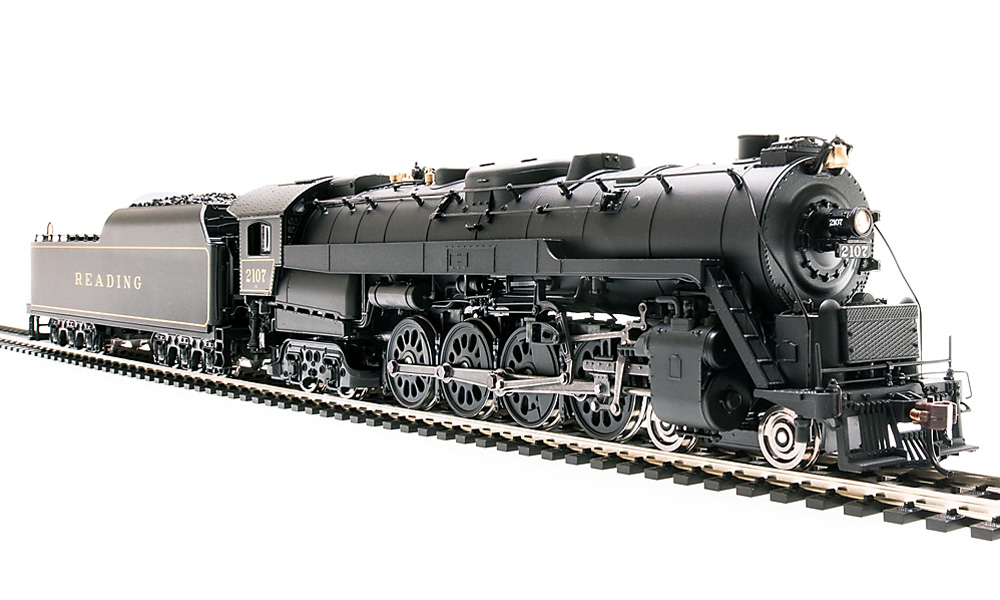
Q: My HO scale Broadway Limited Imports Reading Co. T-1 steam locomotive is making clicking noises. The strange popping, cracking noise is most noticeable in curves. Otherwise, the engine runs fine. Although it was bought some time ago, it is operationally new. I’ve attached a short video. Any thoughts? — Bill Franz
A: It’s hard to diagnose this from a brief recording, since I can’t tell what part of the locomotive the sound is coming from. It could be coming from the mechanism, the speaker/sound system, or the track. There are ways you can narrow it down, though.
First, if the locomotive is Digital Command Control and sound equipped, eliminate the possibility that it’s a faulty sound system by muting the sound effects. On most decoders, pressing Function 8 does that (check your locomotive’s manual if it doesn’t).
If it still makes the sound with the decoder muted, try placing a finger across the track to stop the engine’s forward motion while the motor is still running. If that stops the sound, then the cause is likely a loose part dragging and bumping along the ties or spikes underneath the locomotive. Invert your locomotive in a foam cradle and look for anything that might drag along the track, like a loose stirrup step or air hose.
If the sound continues, then the cause must be something in the engine’s mechanism. (I think this is the most likely cause, but we had to eliminate other obvious issues first.) If you can spot no obvious binding or jumping in the side rods or valve gear on either side of the locomotive, then the sound must be internal. Take off the boiler and give the drivetrain a good once-over. Look for loose or broken parts that could have fallen into the gears or the motor. Also check for cracked gears or driveshaft linkages. Remove the motor so the drivetrain and wheels can spin freely, then roll it on a track manually to see if you can isolate the source of the sound. Good luck.
Send us your questions
Have a question about modeling, operation, or prototype railroads? Send it to us at AskTrains@Trains.com. Be sure to put “Ask MR” in the subject.






